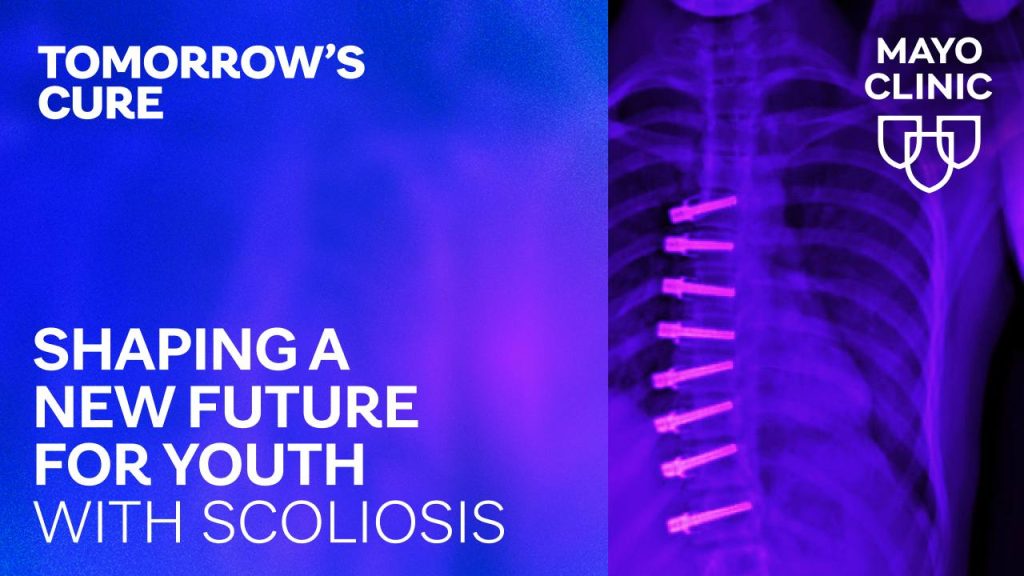
Researchers are leading the nation in using powerful and precise radioactive drugs to treat people with complex cancers.
ROCHESTER, Minn. — Mayo Clinic has treated the first person in the U.S. using a novel radioactive medicine for advanced breast cancer as part of an international multisite clinical trial.
The medicine used in this clinical trial contains actinium-225, a highly potent alpha-emitting radiopharmaceutical therapy that was first developed for a subtype of gastroenteropancreatic neuroendocrine tumors, which are rare and can form in the pancreas and the gastrointestinal tract. The alpha-emitting radiopharmaceutical therapy is intended to work by passing through the blood to stick to cancer cells, delivering powerful and precise radiation without harming healthy cells.
The Mayo Clinic researchers are the first to apply this therapy in America to a patient with metastatic breast cancer. The phase 1b/2 open-label trial is being conducted at all three academic Mayo Clinic sites in Rochester, Minnesota; Phoenix; Jacksonville, Florida; and approximately 20 other sites across the U.S. The first person treated was at Mayo Clinic in Florida.
The principal investigator at Mayo Clinic is Geoffrey Johnson, M.D., Ph.D., a professor of radiology and a leader in radiopharmaceutical therapies. He says these are innovative cancer treatments that use radioactive medicines designed to target and kill cancer cells with high precision.
Mayo Clinic has nearly 20 active radiopharmaceutical therapy clinical trials, with 10 more preparing to launch, targeting many different types of cancer. Mayo Clinic in Rochester treats more patients with modern radiopharmaceutical therapies, such as lutetium dotatate for neuroendocrine cancers and lutetium PSMA for prostate cancers, than any other center in the world.
Lutetium dotatate and lutetium PSMA are beta-emitting radiopharmaceuticals. They use beta particles, which are tiny subatomic particles, to radiate at a low level. In contrast, alpha-emitting radiopharmaceuticals use alpha particles that are 8,000 times more massive than beta particles, and travel only three cell diameters after they are emitted from the therapy.
“This means alpha emitters can deliver a much more powerful impact over a shorter distance. If you consider killing a cancer cell is like knocking down a brick wall, then the difference is like throwing a 10-pound dumbbell (beta) at the wall versus a fully loaded Mack truck (alpha),” says Dr. Johnson. “The alpha emitter’s potential lies in its power and in its ability to precisely kill even a single cancer cell without injuring surrounding healthy tissue, making it a next-generation therapy.”
In preclinical studies, data indicates actinium-225 DOTATATE that targets the somatostatin receptor subtype 2expression demonstrated feasibility and potential efficacy for treatment of ER+ metastatic breast cancer in the laboratory. The drug was developed by RayzeBio Inc., a Bristol Myers Squibb Company, the sponsor of the active phase 1b/2 clinical trial.
Study Title: Phase 1b/2 Open-label Trial of 225Ac-DOTATATE (RYZ101) in Subjects with Estrogen Receptor-positive (ER+), Human Epidermal Growth Factor Receptor 2 (HER2)-negative, Locally Advanced and Unresectable or Metastatic Breast Cancer Expressing Somatostatin Receptors (SSTRs) and Progressed After Antibody-drug Conjugates And/or Chemotherapy (TRACY-1)
- Descriptor: Phase 1b/2 open-label trial of 225Ac-DOTATATE (RYZ101) alone and with pembrolizumab in subjects with ER+, HER2-negative unresectable or metastatic breast cancer expressing SSTRs.
- Sponsor: RayzeBio Inc.
- Link: https://clinicaltrials.gov/study/NCT06590857
###
About Mayo Clinic
Mayo Clinic is a nonprofit organization committed to innovation in clinical practice, education and research, and to providing compassion, expertise and answers to everyone who needs healing. Visit the Mayo Clinic News Network for additional Mayo Clinic news.
Media contact:
- Brittany Cordeiro, Mayo Clinic Communications, [email protected]
The post Mayo Clinic treats first person in the US with a novel radiopharmaceutical therapy for breast cancer appeared first on Mayo Clinic News Network.


